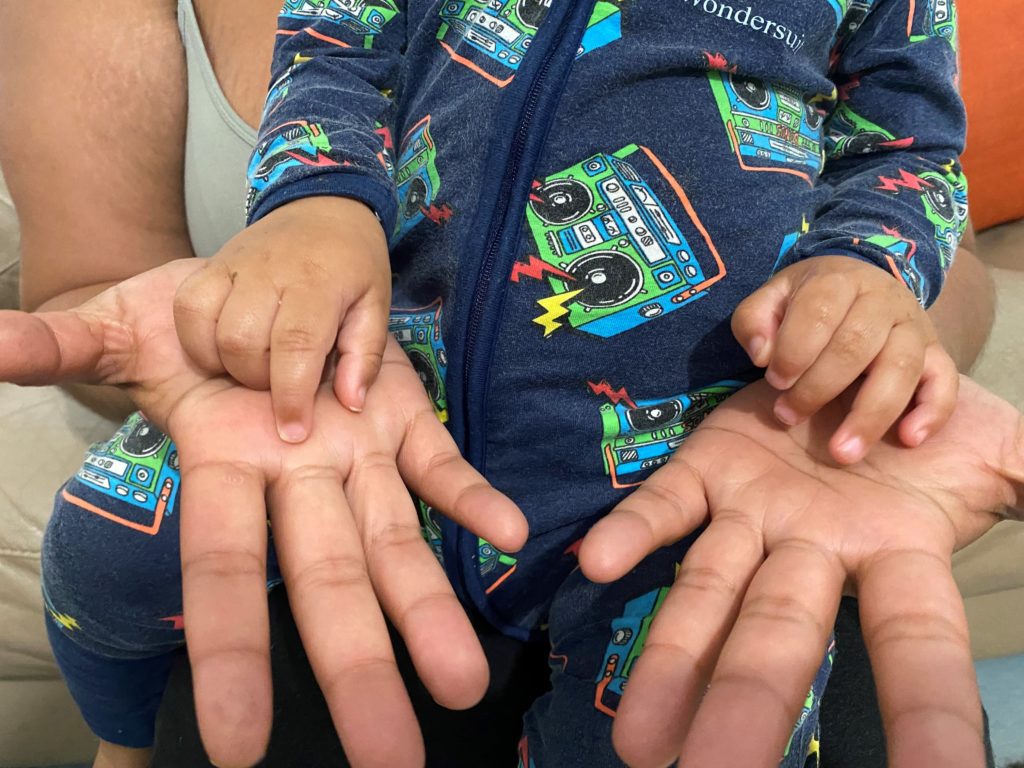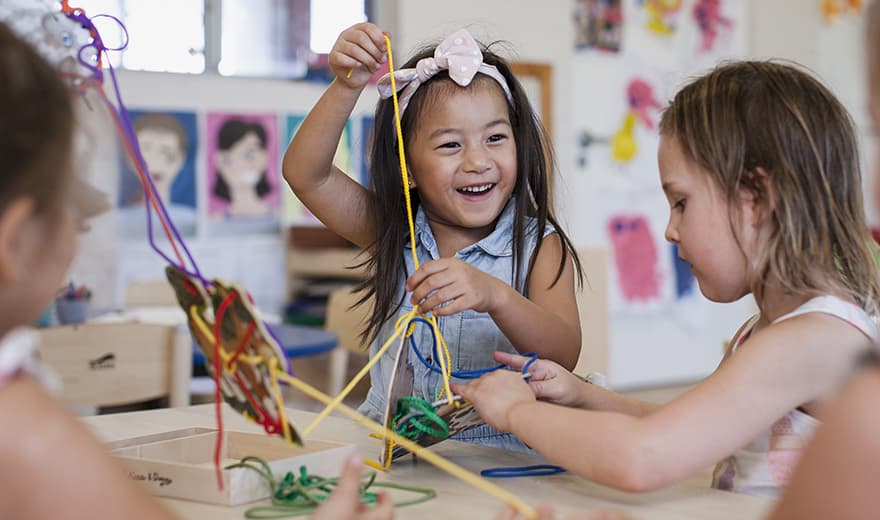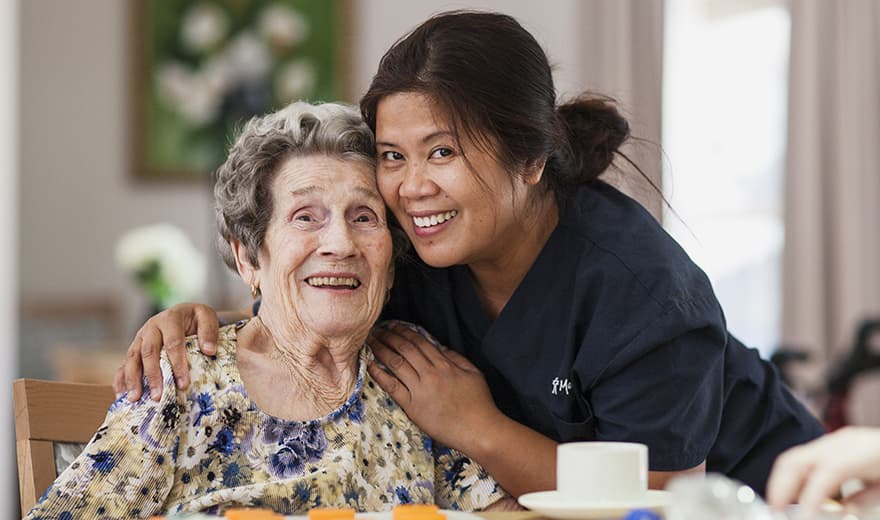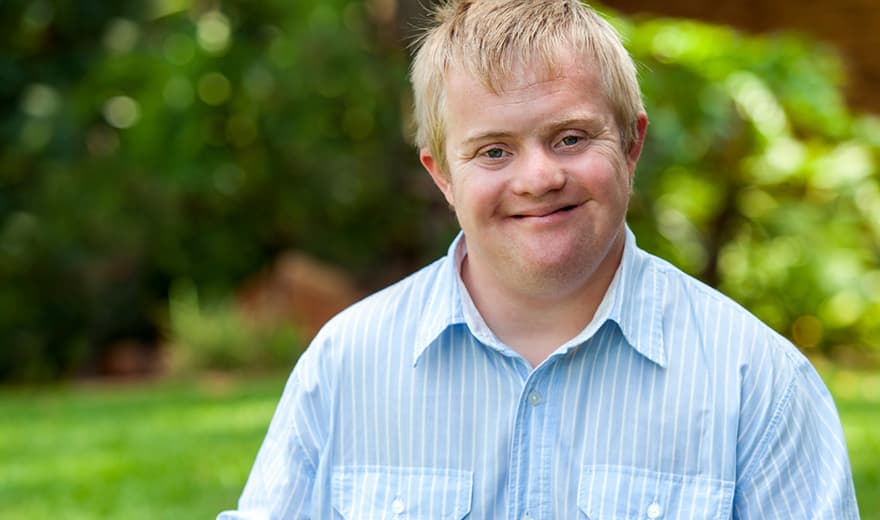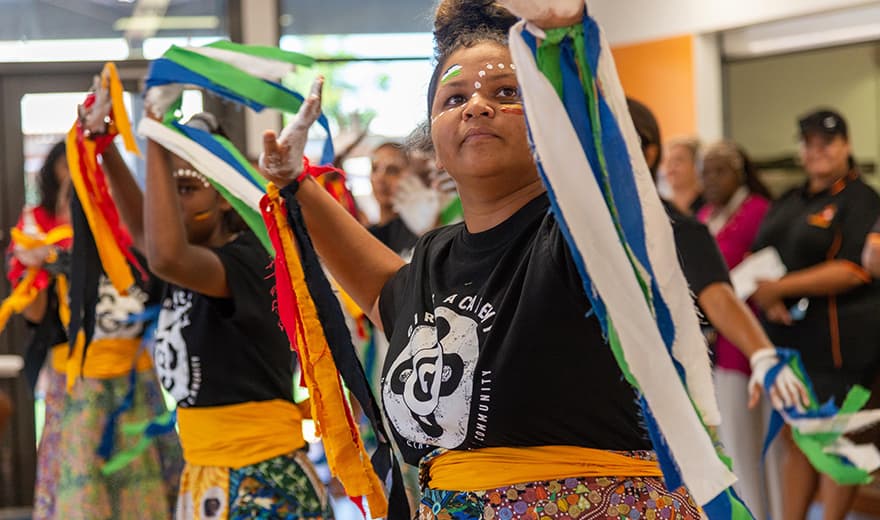Katie dreamed of a place where she could lay her head at night, knowing she and her two children would be safe, with enough in their stomachs to sleep through the night. A place to raise her children that is free of fear, violence, judgement, and insecurity – a place of her own – freedom, absolute freedom. This story plays out across Australia every day, every night, 365 days a year and has done since I can remember. The narrative never seems to change, consistent reports in the media about family and domestic violence, increased housing stress, poverty, and crime.
However, what if it could be different? What if we invested in the next generation of employees, leaders, and parents? What if localised solutions to youth homelessness were invested in and provided an opportunity to reach people on mass rather than a lucky few?
For 33 years MercyCare has delivered the Coolock Young Mothers and Children Accommodation Service funded by the Department of Communities National Affordable Housing Scheme, within four units provided by the Department of Housing across the Perth Northern suburbs.
Coolock provides four young mothers and their children with accommodation, tenancy and parenting support to young parents aged 16 to 25 years and their children who are homeless or at risk of homelessness for a period of 12 months. The service adopts a trauma-informed care approach that focuses on increasing parenting skills, sustaining and obtaining long-term tenancy and improving health and wellbeing for both the parent and child/ren.
Since 1990 MercyCare has supported 432 young mothers and 483 children across its Youth Accommodation and Tenancy programs, of which 177 mothers and 178 children were accommodated through the Coolock service. 52% of these young mothers exited the Coolock service to live in stable accommodation either in a private rental, allocation of a social housing property or returning to family. 44% transitioned to other transitional accommodation providers or left the Perth Metropolitan region. 66% of young mothers post-participation within the Coolock service were able to maintain long-term tenancies.
Currently, 19,000 individuals and families are on WA’s social housing waitlist2, with wait times exceeding two years. More than 4,000 individuals and families are on the priority list, and the average wait time remains 43 weeks. Perth’s vacancy rate fell to just 0.6 per cent in December 2022, its lowest level since 1980, when the Real Estate Institute of WA began keeping such records. WA Today reported that rental affordability is at its lowest point in Perth since 2016 as stagnant wages, low vacancy, and climbing interest rates price people out.
Between 1 July 2021 and 30 June 2022 MercyCare, experienced a significant increase in the volume of young people needing urgent support – a demand that we were unable to meet due to the Coolock service being at capacity. We heard from 758 people seeking help across its Youth well-being and Accommodation services. We received 269 requests for support from young mothers and 72 from young pregnant females seeking accommodation for themselves and their child(ren). For nearly all these young women and their child(ren), MercyCare wasn’t able to provide them with the support and security they so desperately and deservingly needed.
As Australia, and most countries, navigate reduced housing availability as well as financial and economic crisis and constraints young mothers and their children will continue to experience increased disparity, instances of family domestic violence, and inability to maintain and sustain meaningful employment and stable housing, placing them at further risk.
Research shows that children’s social and emotional outcomes were mostly affected by housing variables that adversely affect the quality of relationships, such as frequent moves, renting rather than owning and being in financial stress3. Additionally, the Australian Institute of Health and Welfare1 (2019) noted that intimate partner violence accounts for 15% of all violent crimes. Women between the ages of 18 to 24 years are most commonly abused by an intimate partner, with 19% of these incidents involving a weapon. If no intervention occurs, domestic victimisation can correlate with a higher rate of depression and suicidal behaviour and have long-term effects on children. Solutions do exist, and they are playing out across the country. The Community Service Sector has shown it can find and implement innovative and targeted solutions to end homelessness. However, their voices are strong, their demands are reasonable, and their ability to secure long-term funding to show impact is limited.
While I welcome a standalone Child and Youth Housing and Homelessness Plan, what is needed is a strategy that clearly articulates the approach that will be taken to end homelessness for young mothers and their children, not prolong it. End it. An approach committed to and upheld by all levels of Government across Australia provides an opportunity for collaboration, shared learning, and reduction of red tape and opportunities for mothers and their children to strive, succeed and live happy and healthy lives.
If these approaches are implemented, as a country, we will see significant reductions in incarceration rates, instances of family and domestic violence, reliance on welfare systems, children entering care and intergenerational and chronic homelessness.
From Little Things, Big Things Grow.
Endnote
- Australian Institute of Health and Welfare. (2019). Family, domestic and sexual violence in Australia: continuing the national story 2019. Canberra: AIHW.
- Orr, A. (2014, August 4). Without a ‘nest’ young wa mums ‘would be homeless, Lose children’. WAtoday. Retrieved March 15, 2023, from https://www.watoday.com.au/national/western-australia/without-a-nest-young-wa-mums-would-be-homeless-lose-children-20140804-10098i.html
- Warburton, W., Whittaker, E., & Papic, M. (2018). Homelessness pathways for Australian single mothers and their children: An exploratory study. Societies, 8(1), 16. https://doi.org/10.3390/soc8010016
